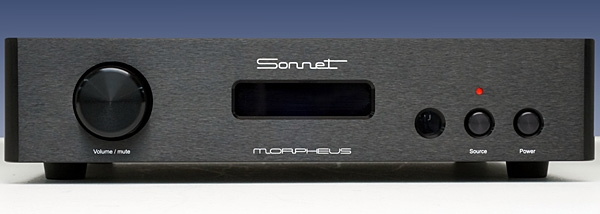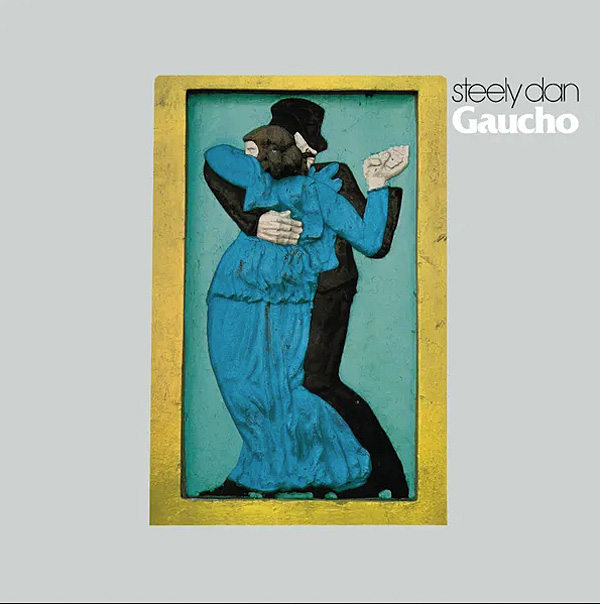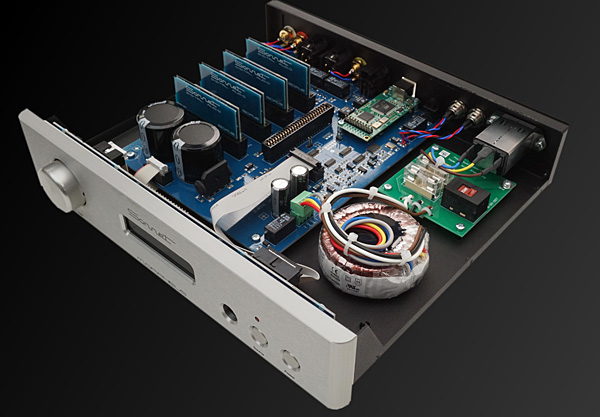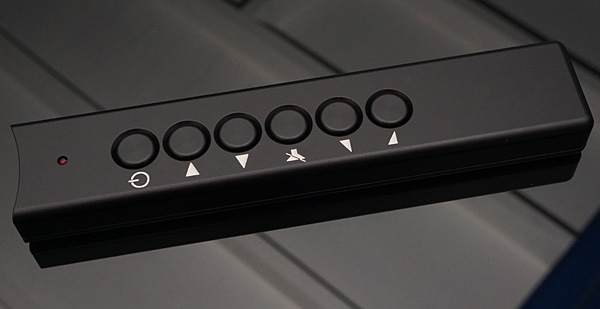| Columns Retired Columns & Blogs |
I keep on hearing about musicality of R2R DACs, but of the various components in the signal chain, I say the DAC ranks with cables as least-detectable element, with speakers then amp as most detectable. I sure wish Stereophile would include a little bit of ABX DBT analysis to tease out the significance of any differences. For example, if a delta-sigma DAC has oversampling turned off, does it sound indistinguishable from an R2R DAC? Is it actually the oversampling that lessens "musicality"?
That said, I've yet to listen to an R2R DAC yet, so I'll confess my ignorance.















































